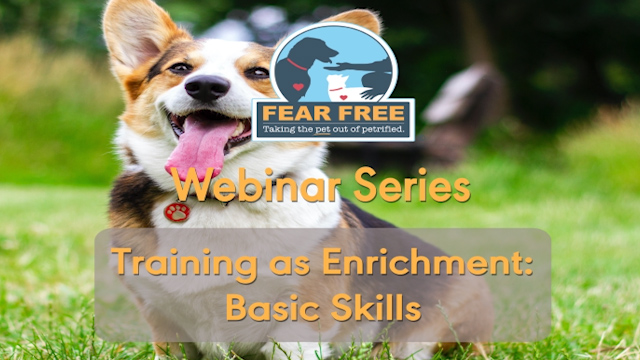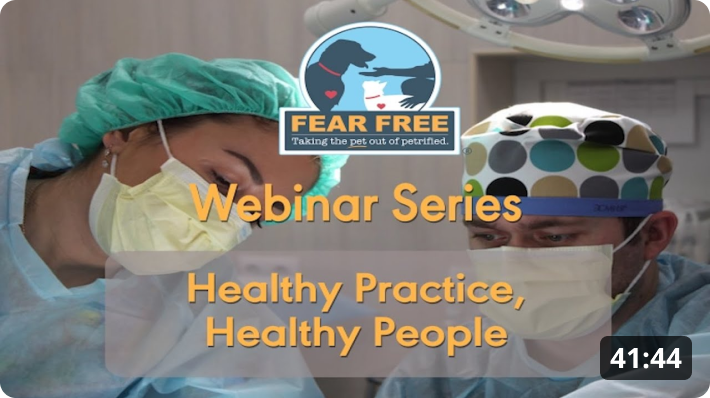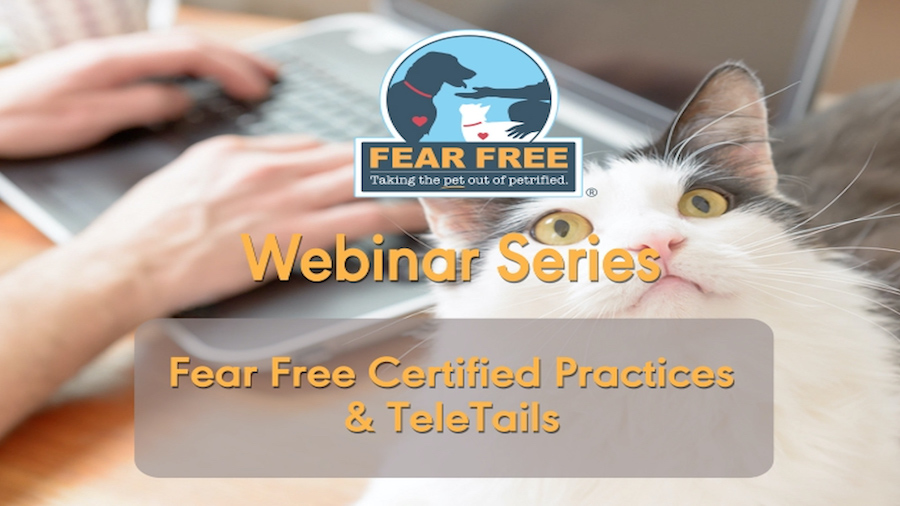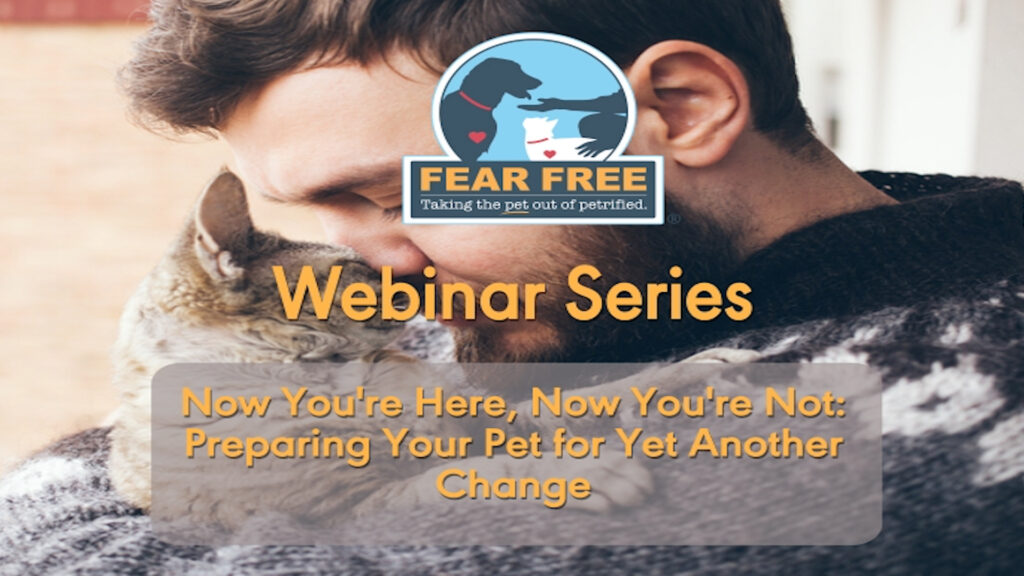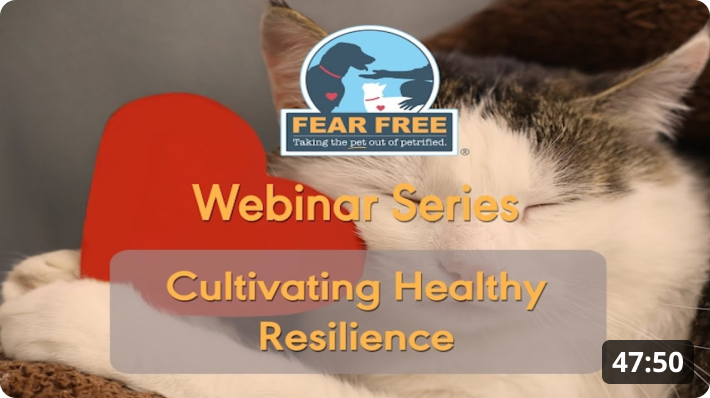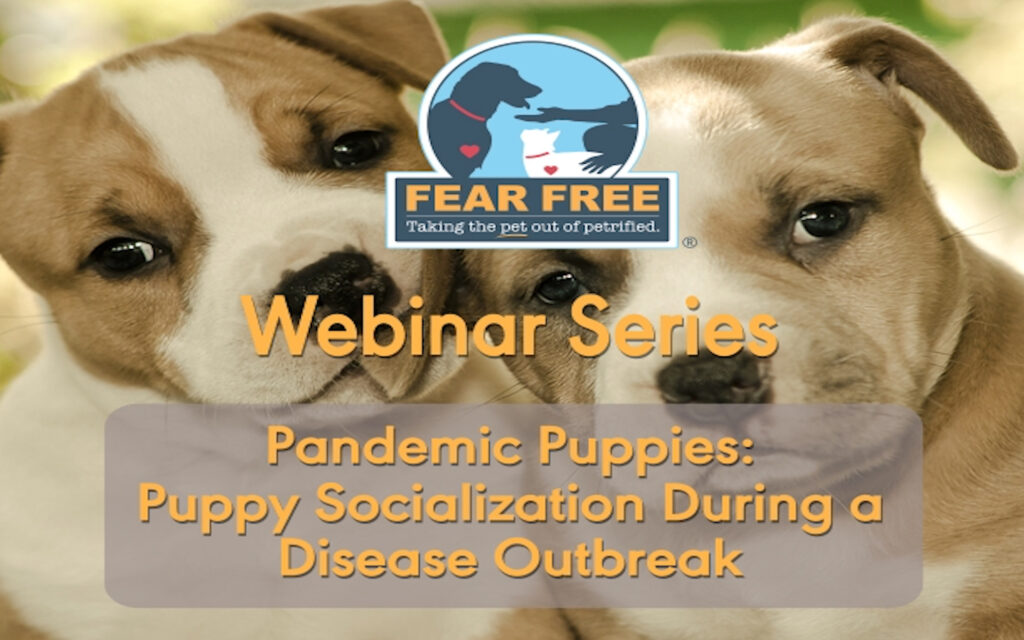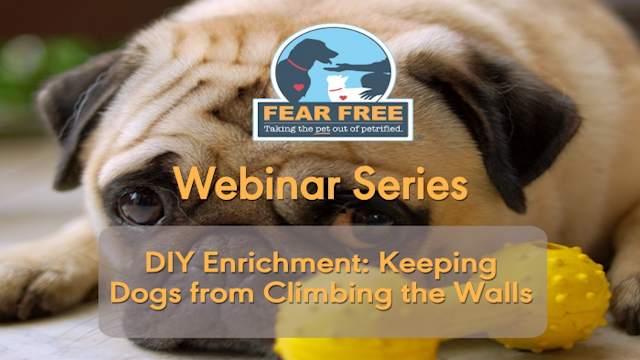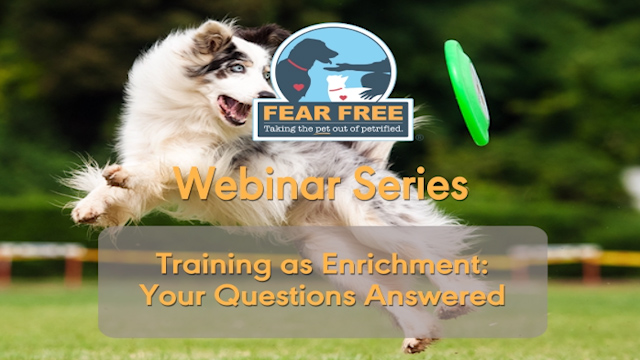
Training as Enrichment: Your Questions Answered
You asked, and we will answer! Fear Free Head Trainer Mikkel Becker and Education Manager Lori Chamberland will discuss some of the most common questions we’ve received from previous Fear Free training webinars. We’ll talk about leash reactivity/pulling on leash, teaching dogs and cats to live in harmony, counter surfing, and more! We will leave time at the end for you to ask questions in real time, as well. Join us – your dog or cat will thank you!

